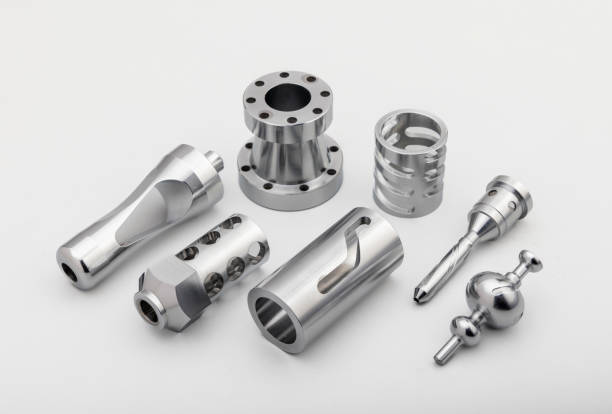Anodizing CNC machining parts can provide a durable, corrosion-resistant, and aesthetically pleasing finish. However, the anodizing process can present several challenges and difficulties, especially when dealing with precision machined components. Some of the common difficulties in anodizing CNC machining parts include:
Surface Finish Consistency: Anodizing can highlight surface imperfections, so achieving a consistent surface finish on CNC machined parts can be challenging. Blemishes, tool marks, or inconsistencies in the initial machining process can become more apparent after anodizing.
Tolerance Control: Anodizing involves the growth of an oxide layer on the metal’s surface, which adds thickness. This growth can affect tight tolerances on machined parts. Manufacturers need to account for this added thickness in their machining processes.
Masking: In some cases, specific areas of the part may need to be protected from anodization. Masking these areas can be labor-intensive and requires precision to prevent anodizing solution from affecting them.
Alloy Compatibility: Not all materials and alloys are suitable for anodizing. Some materials may not take the anodizing process well or may produce undesirable results. Selecting the appropriate material is crucial for successful anodizing.
Part Geometry: Complex geometries with sharp edges or deep recesses can be challenging to anodize uniformly. It may be necessary to alter the design or use special techniques to ensure even anodizing throughout the part.
Racking Marks: Parts are often hung on racks during the anodizing process, and these rack marks can leave visible, uneven surface finishes. Care must be taken in how parts are suspended and positioned to minimize these marks.
Color Consistency: If color is a specific requirement for the anodized part, achieving consistent color across multiple parts or batches can be challenging. Anodizing can produce different shades based on factors like alloy composition and temperature control.
Electrolyte Quality: The quality and purity of the anodizing electrolyte solution are critical to achieving consistent and high-quality results. Contaminants or impurities in the solution can lead to defects in the anodized finish.
Anodizing Thickness Control: Ensuring that the anodized layer’s thickness is within specified tolerances is important for both the functional and aesthetic aspects of the part. Over-anodizing can lead to dimensional issues and may not be cost-effective.
Quality Control: Implementing thorough quality control measures to check for defects, such as pitting, blistering, or color inconsistencies, is crucial in ensuring that anodized parts meet the desired specifications.
Environmental Considerations: Anodizing processes involve the use of chemicals, and managing waste and complying with environmental regulations can be challenging.
To overcome these difficulties, collaboration between the CNC machining and anodizing service providers is often necessary. Close communication and a deep understanding of the anodizing process, material compatibility, and design considerations can help minimize issues and produce high-quality anodized CNC machined parts. Proper pre-anodizing preparation, such as mechanical finishing and chemical cleaning, can also contribute to better results.
Xielifeng Tech is a professional CNC machining factory in China. They provide machining services and surface finish service as well. If you need to customize some parts, feel free to contact them for quote. You will get the quote within 24 hours.









































